TechRadar Verdict
AirVPN's poor unblocking results, usability and kill switch issues keep it out of our top VPN list. It's also open and transparent, though, and if you need expert-level OpenVPN configurability, AirVPN's apps are as good as it gets.
Pros
- +
Expert-level options and features
- +
Flexible billing
- +
Open source apps
- +
Decent OpenVPN speeds
Cons
- -
Relatively small network
- -
No iOS app (must be set up manually)
- -
Complex apps may intimidate VPN newbies
- -
Couldn't unblock US Netflix, BBC iPlayer, Amazon, Disney Plus
Why you can trust TechRadar
Some VPN companies market themselves on features, others on price, but AirVPN heads its website with a plea for your trust, claiming to be "operated by activists and hacktivists in defense of net neutrality, privacy and against censorship."
Anyone can say they're different, but AirVPN shows it, too. An About Us section explains the background to the company, while the Mission page lists privacy projects AirVPN has developed or funded (IPLeak.net, an online encryption tool, a net neutrality monitor, more), and highlights other projects it's financed in the past (Tor, Electronic Frontier Foundation, WikiLeaks).
AirVPN's network is smaller than most, with only 246 servers scattered across 23 countries. Most are in Europe (157) and North America (72), with only 16 in Asia, and an Oceania infrastructure limited to a single server in New Zealand.
AirVPN deserves a thumbs up for its network Status page, though, where you can view all its servers, their current load, current issues and a recent issue history.
- Want to try AirVPN? Check out the website here
An expert-friendly Specs page covers a host of interesting low-level technical details that are often very difficult to find: encryption types and standards, available ports and protocols, DNS server details (AirVPN has its own), entry IP addresses of each VPN server, and more.
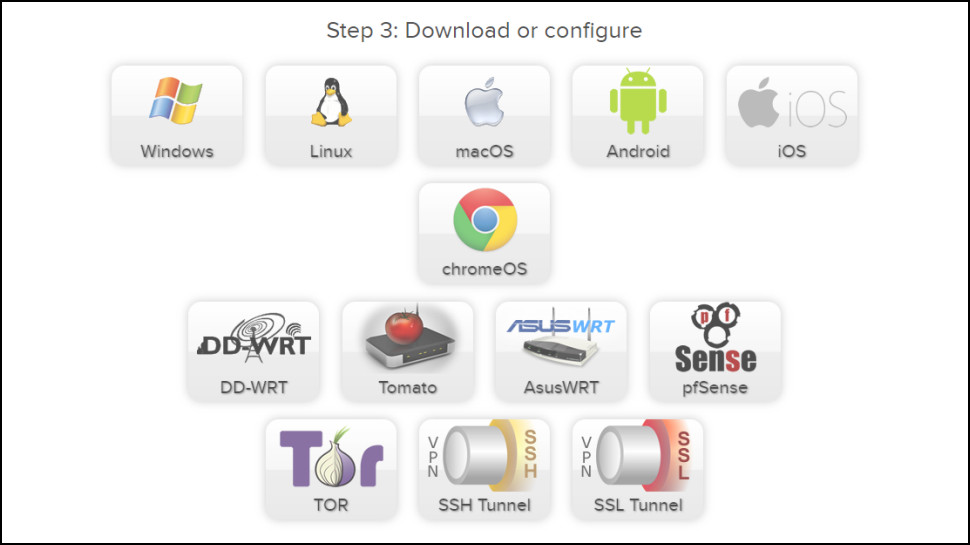
AirVPN's Eddie app (open source, for yet more transparency) gives you easy access to the service on Windows, Mac, Linux and Android. There are guides to setting up the service on iOS, routers and more, and AirVPN supports connecting up to five devices simultaneously.
Although Eddie provides huge control over OpenVPN settings (more on that later), it doesn't support WireGuard yet, which inevitably hits performance a little (we have more details on that, below, too).
It is, however, worth noting that the company does achieve much more with OpenVPN than the average provider. If you're visiting a country where VPNs are blocked, for instance, AirVPN supports using OpenVPN over SSH, SSL or Tor to help you connect.
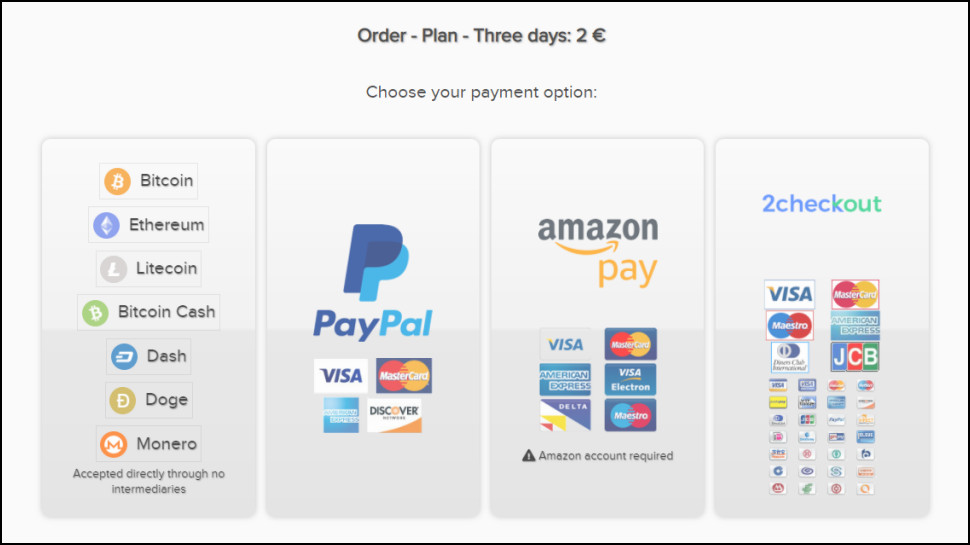
Pricing is more flexible than most, too, with plans covering 3 days ($2.20), a month ($7.69), 3 months ($5.49 a month), six months ($5.31) and one, two or three years ($4.08, $3.61, $3.02 monthly), with payment accepted via cards, PayPal, Bitcoin, Ethereum, Litecoin and more.
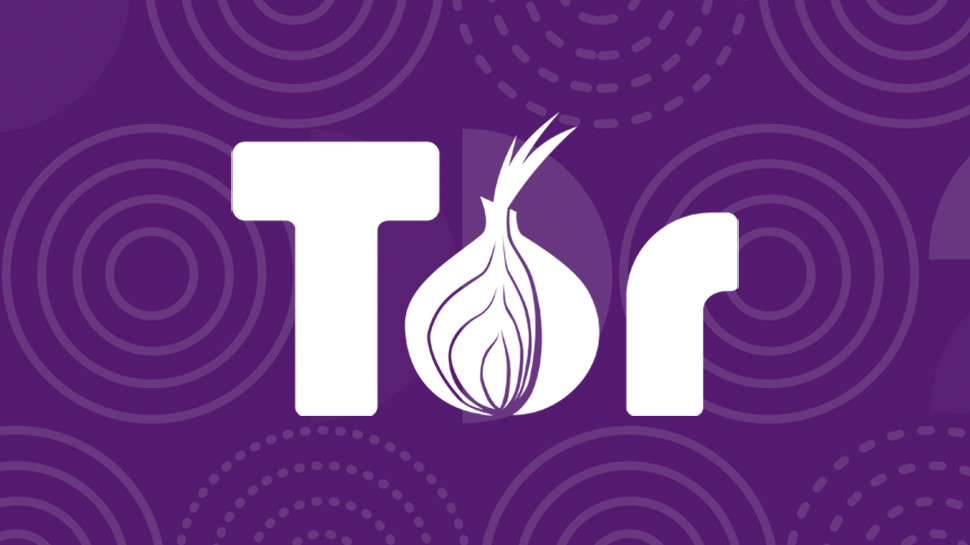
Privacy
AirVPN is upfront about its no-logging policy, saying clearly that it doesn't monitor or track any of your online activities. The company also states that it complies with European Union privacy directives, and any servers located outside the EU will treat your data with the same or higher levels of privacy and data protection.
This all sounds good to us, and overall, we see no reason for concern. But we would still like to see AirVPN follow TunnelBear, VyprVPN, ExpressVPN and others in allowing a public audit of its service to verify what it's doing.
The company is reassuringly transparent in many other areas, though, from its open source clients to a busy community forum where you can see what existing users are talking about before you sign up.
We've no complaints about the technology, either. AirVPN users AES-256-GCM encryption, 4096-bit RSA keys, HMAC SHA384 on the control channel, with the OpenVPN protocol supplemented by OpenVPN over SSH, SSL or Tor to help you get online in VPN-blocking countries.
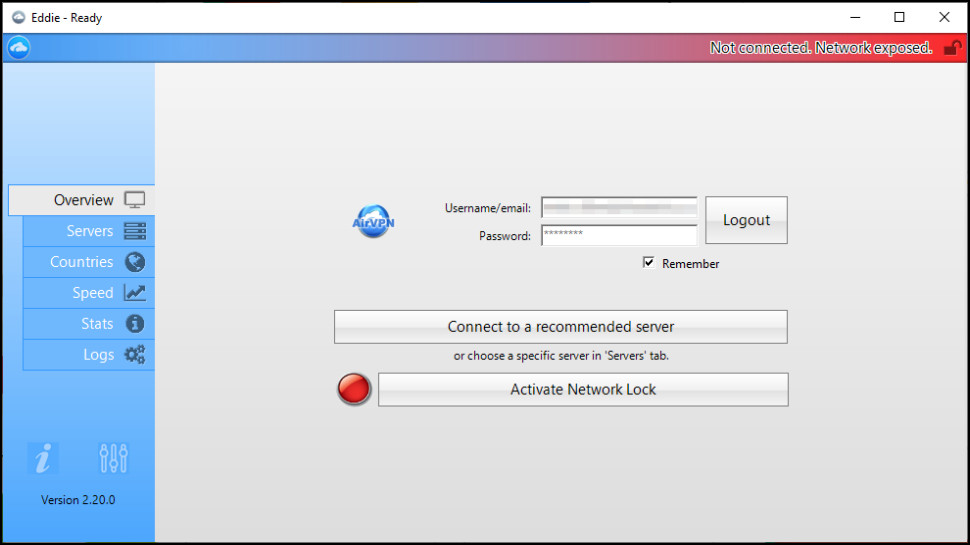
Windows app
AirVPN's open source app, Eddie, has far more Windows download options than we've seen anywhere else. There are builds for specific OS versions (Windows XP through to Windows 10), in 32- and 64-bit flavors, and in installable or portable forms. There's a changelog to explain what's new, and an archive of previous releases in case the most recent doesn't work for you.
The app can be used much like any other VPN, at least in its most basic form. Launch it, then click 'Connect to a recommended server', the app connects to your nearest location, and click Disconnect when you're done. Easy enough, but try going further and Eddie quickly reveals its power.
Most apps display their locations as a simple list of countries, for instance. Eddie shows you country names, but also the number of servers in that country, the available bandwidth, and the number of connected users.
That's great. So, double-clicking something would connect us to a server in that country, right? Wrong. Seems like a sensible shortcut to us, but with Eddie, it does nothing at all.
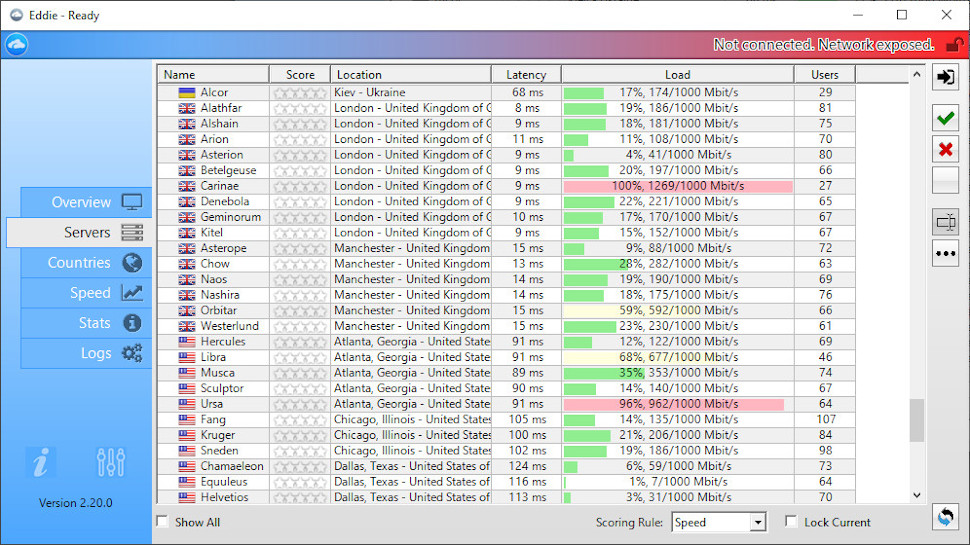
To get connected to something other than Eddie's own choice of location, we had to browse a lengthy list of individual servers. That's not so convenient, although Eddie does score for detail, displaying server location, latency, load, connected users and more.
With most apps, you could get around this by adding servers to a Favorites list. AirVPN's alternative enables adding servers to a blocklist (where they'll never be displayed), or an allow list (the only servers you'll ever want to use). It's more configurable, but also more complicated, and requires some thought to figure out how to set it up.
It's a similar story when you're connected. Most apps display, at most, your current VPN server location and IP address. Eddie's Stats page also shows the server location, load, number of current users, protocol, port, encryption algorithm, session start time and length, IPv6 exit address, data uploaded and downloaded, and plenty more.
This can all look a little intimidating, especially for VPN newbies. But you won't see this information unless you go looking (it's tucked away on the Stats page), and experts may find it useful.
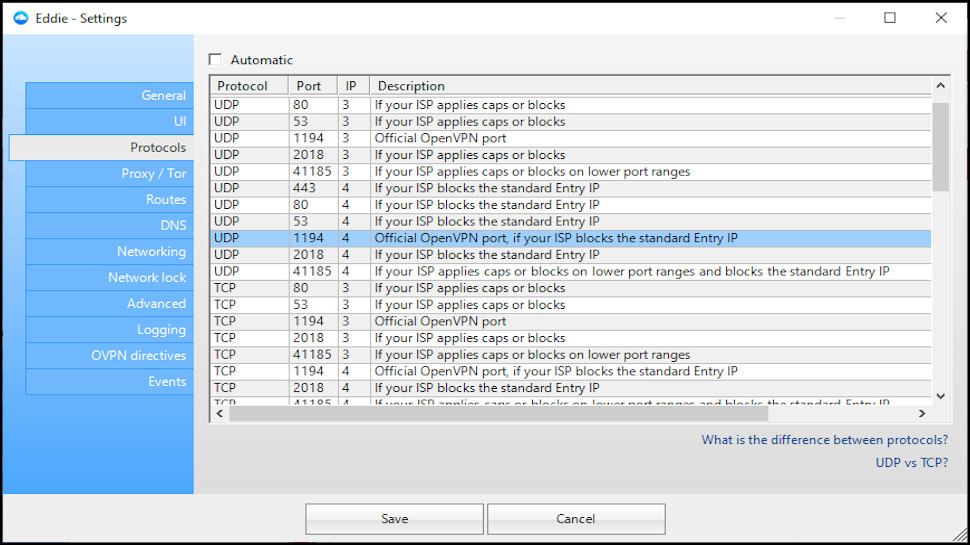
Settings
If you thought the main Eddie UI was complex, just wait until you see the settings, where AirVPN provides more fine-tuned comprehensive control over operations than any other VPN app we've ever seen. By far.
Take the Protocols pane, for instance. Eddie only supports OpenVPN, so the most we normally see is a UDP/TCP option and maybe a 'Port' box. Eddie has a list of no less than 60 options for various combinations of protocols and ports, including UDP, TCP, and (unusually) SSL or SSH to bypass VPN blocks, along with text descriptions of when to use each one ('if your ISP applies caps or blocks').
Then there's the kill switch (a system to block internet access if the VPN drops). Most apps have, at most, a checkbox to turn it on and off. AirVPN gives you options to block or allow incoming or outgoing traffic separately; there are settings to allow local network traffic, pings or DNS queries; you can add custom IP addresses that won't be affected by the block; and you can even choose how the kill switch will work (by using the Windows Filtering Platform, or the Windows firewall).
Elsewhere, there are options to configure proxy and Tor support, Windows routes, custom DNS servers, the network layers you'd like to pass through the VPN tunnel (you could alternatively block IPv6 traffic or send it outside the tunnel, for instance), add extra OpenVPN directives, even run specified commands at particular program events (launch an app when you're connected, perhaps, or close it when a session ends).
There are some omissions, though. Eddie is great at configuring how a connection works, but doesn't give you as much control over how a connection is made. There's no 'auto-connect when I join an untrusted network', for instance.
If the lengthy feature list sounds intimidating, that's because it is: even if you're a VPN expert, it can be difficult to figure out what particular options do and how to get the results you need.
Don't rule out AirVPN solely because of this complexity, though. Keep in mind that the app normally works well all on its own, and you'll never even see the settings unless you intentionally go looking. But if you're hankering for power or configurability, even only very occasionally, the app is well worth a look.
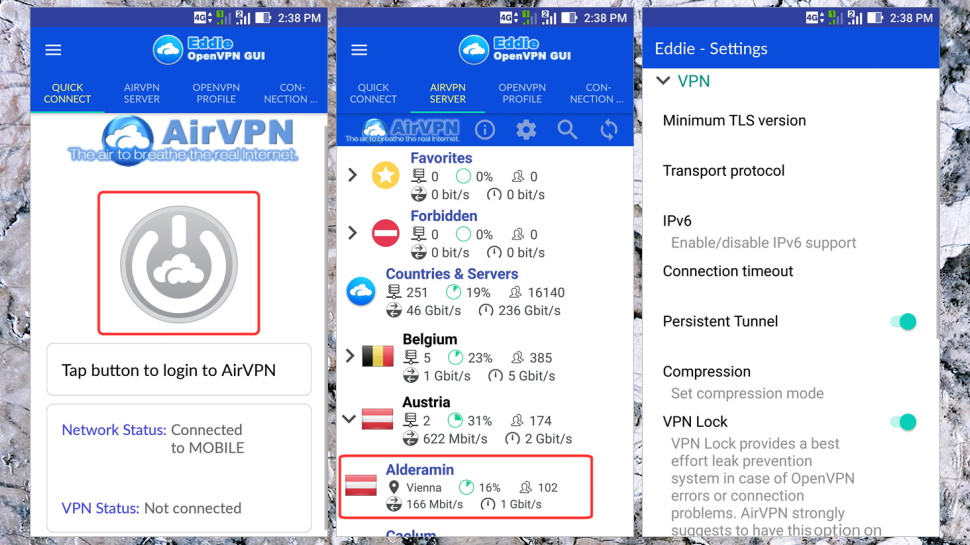
Android and Mac apps
AirVPN's Android and Mac apps are much the same as the Windows edition: you can get connected in a couple of taps, but there's also way more status information and configurability than you'll see anywhere else.
When we connected to a VPN server with the Android app, for instance, it displayed 25 separate details about our connection: server name, IP and port; local and gateway IPv4 and IPv6 addresses; encryption, hash function, tunnel name and so much more. It looks like overkill to us – most people won't need to know 75% of this, and even if AirVPN thinks this data is necessary, there's no reason it couldn't be hidden away in a Status tab.
The Android app works a little better in other areas. Unlike Windows, for instance, it doesn't have separate pages for country and server lists – you can expand a country to choose a particular city all within the same page.
There aren't as many settings on Android as Windows. That's not a major criticism, though – there are still more than most people will ever need. The app tries a little harder to help you out, too, with more text captions to try and explain what any given option does. But AirVPN still assumes a lot of knowledge, and chances are you won't have any idea what most of these settings do. (What are the consequences of setting Compression to 'Enable', 'Disable' or 'Downlink Only', for instance?)
The Mac app is more like the Windows version, and has much the same advantages and disadvantages. There's a huge amount of configurability available if you need it, but to make the most of this, you'll need lots of networking expertise, or plenty of time to play around and learn how everything works.
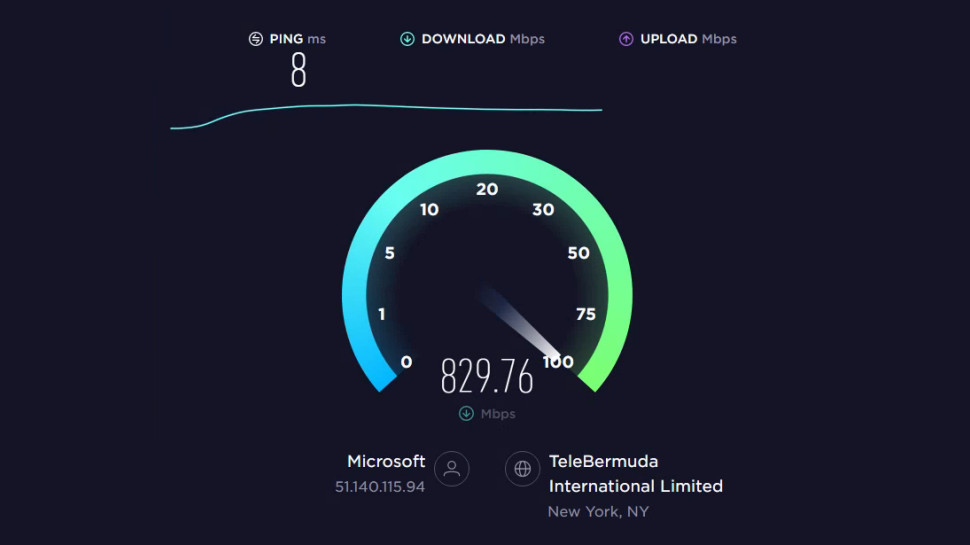
Performance
AirVPN's Windows app connects quickly for OpenVPN, and was usually ready to go in around 8 seconds (many apps take twice as long, at least).
Connection monitoring is excellent, with the app immediately recognizing when the VPN tunnel dropped, warning us with a desktop notification and reconnecting in seconds.
The network lock (AirVPN's kill switch) wasn't as successful in all situations. If the OpenVPN executable crashed, for instance, our traffic wasn't blocked, and we were able to access the internet without protection. This was only for the few seconds it took to reconnect, but this is still a concern.
There was more positive privacy news from our leak tests, as multiple testing sites showed AirVPN's Windows client had no DNS leaks.
Unblocking results were much more disappointing, with AirVPN unable to get us access to US or UK Netflix, BBC iPlayer, Amazon Prime Video or Disney Plus from any of our test sites.
Our speed tests ended the review on a more upbeat note, with UK downloads averaging 330-350Mbps. These are good mid-range OpenVPN results, comparable with some of the biggest providers around (NordVPN's OpenVPN also peaked at 350Mbps, for instance).
The top competition delivers much more. Hide.me and Mullvad OpenVPN connections managed 400-600Mbps or more in recent testing, and most WireGuard-equipped VPNs reached somewhere in the 500-900Mbps range. But if your devices or internet connection can't make use of those speeds, the peak figures don't matter very much, and the reality is AirVPN should still be fast enough for many users and situations.
AirVPN review: Final verdict
AirVPN is a powerful service with more advanced OpenVPN settings than we've seen from just about anyone else, and the 3-day plan offers a convenient, low-priced way to try them out. It can be tricky to use, though, and you'll get faster speeds and far better unblocking results from the top VPN rivals.

Mike is a lead security reviewer at Future, where he stress-tests VPNs, antivirus and more to find out which services are sure to keep you safe, and which are best avoided. Mike began his career as a lead software developer in the engineering world, where his creations were used by big-name companies from Rolls Royce to British Nuclear Fuels and British Aerospace. The early PC viruses caught Mike's attention, and he developed an interest in analyzing malware, and learning the low-level technical details of how Windows and network security work under the hood.
